The digital landscape is in hyperdrive.
And hyper-personalization has emerged as a powerful tool for marketers wanting to enhance their strategies and drive superior results.
Consumers have long outgrown generic marketing messages. They’d rather experiences tailored specifically to their individual preferences and detailed behaviors.
Hyper-personalization leverages AI, machine learning, and real-time data analytics to create these customized interactions.
Key Takeaways
- Hyper-personalization significantly improves marketing effectiveness by delivering tailored content, leading to increased engagement, conversions, and customer loyalty.
- By providing relevant and timely interactions, hyper-personalization creates a more satisfying and intuitive customer journey that fosters loyalty and a durable competitive edge.
- Using advanced analytics and AI, you can target promising customer segments, maximize ROI and campaign efficiency.
- Hyper-personalization leverages real-time data and AI to refine strategies on-the-fly, and ensure campaigns remain relevant and impactful in a dynamic market.
- Brands that effectively implement hyper-personalization differentiate themselves and deliver personalized experiences that meet the ever-rising consumer expectations to foster loyalty and advocacy.
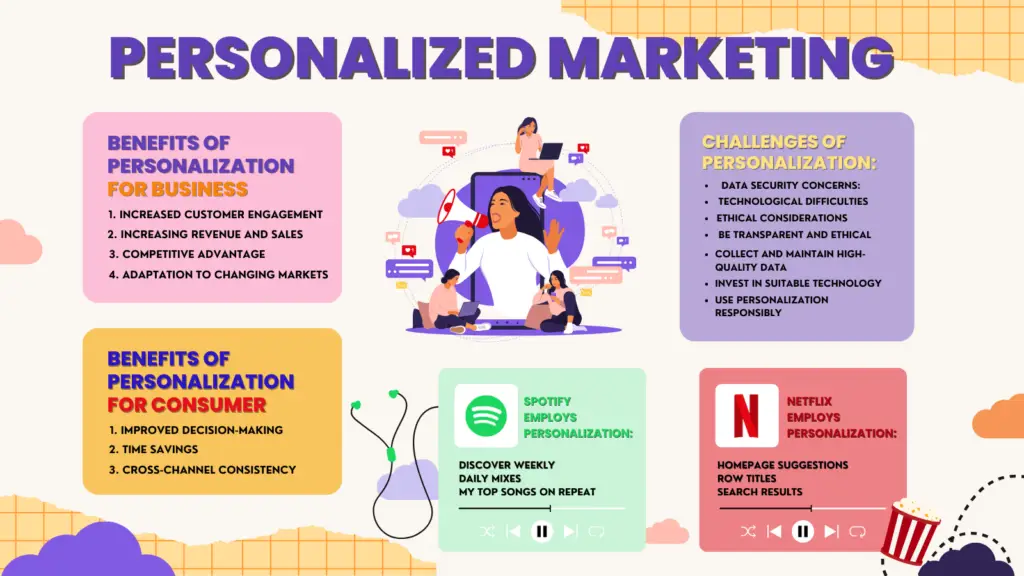
This goes beyond traditional segmentation. When you hyper-personalize your messaging, you anticipate and meet the unique needs of each consumer, and offer the right content just at the right time.
Such tailored marketing strategies transform the customer journey, and allow businesses to not only capture consumer attention, but to also build enduring loyalty.
All of this is backed by compelling statistics:
1. Hyper-personalization lifts revenue by 10-15% on average, with industry-specific revenue increases ranging from 5-25%.
2. 77% of companies that personalize B2B experiences report increased market share.
3. Among consumers, 73% will not buy from a company without a personalized experience.
4. Personalization lowers customer acquisition costs by as much as 50%.
5. Customized experiences boost companies’ growth by an impressive 6-10%.
6. According to Deloitte, 86% of consumers find personalized marketing appealing.
7. McKinsey reports that 78% of customers say that personalized content made them more likely to repurchase from a brand.
8. Hyper-personalization boosts engagement, with 90% of U.S. consumers finding marketing personalization very or somewhat appealing.
9. And, up to 90% of customers find personalization appealing when implemented effectively.
10. Well-executed hyper-personalization delivers 8 times the return on investment on marketing spend, and lifts sales by at least 10%.
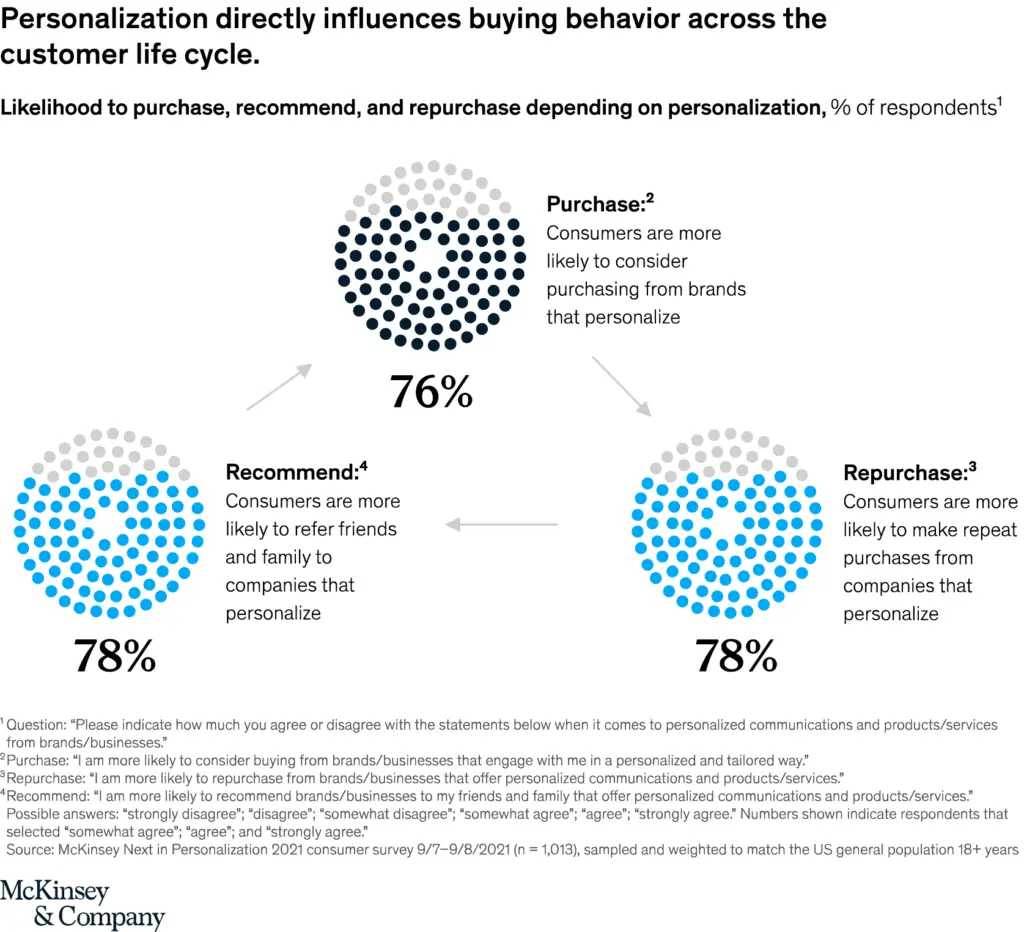
When you align your marketing efforts with consumer expectations, your business can enjoy improved customer loyalty, increased conversions, and overall better business results.
By harnessing the power of data and technology, businesses can craft meaningful customer journeys that drive long-term success and satisfaction.
What Does Hyper-Personalizing Look Like?
Well, there are many ways to bring individualized content to each customer. Through data analytics and AI technologies, some of the biggest names use these personalized tactics to resonate with their unique audience segments.
Netflix
Netflix uses AI algorithms to analyze consumers’ viewing history and provide personalized content recommendations, including customized thumbnails for movies or shows based on individual user patterns.
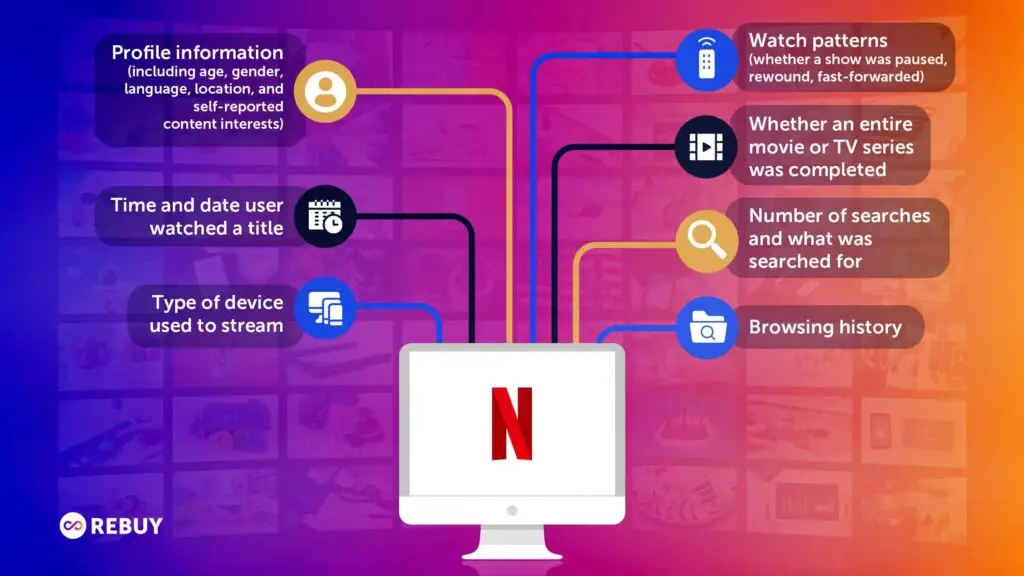
Starbucks
Or, take a look at Starbucks. They use their mobile app to offer personalized discounts and product recommendations based on past purchases and user browsing.
The system takes it even further, and considers individual preferences when it recommends an apple pastry to someone who likes fruit flavors or a brownie to a chocolate lover.
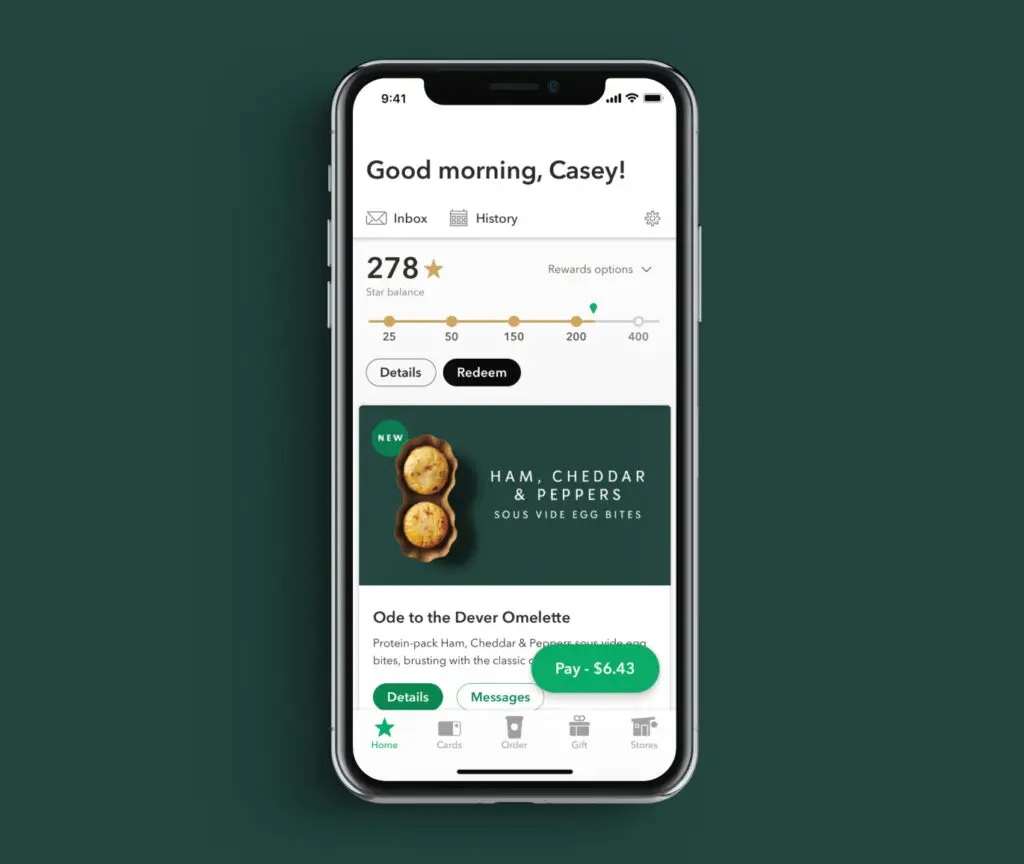
Increased Conversion Rates
Since hyper-personalized marketing is centered on transforming the way businesses interact with their audiences by delivering highly tailored content, offers, and experiences that align with each individual’s unique interests and needs, it not only boosts engagement but also cultivates a deeper sense of connection.
Consumers are far more likely to engage with content that feels directly relevant and personalized to them, especially as they get closer to buying.
Deloitte’s Insights
A study by Deloitte highlights that hyper-personalization leverages sophisticated data and analytics to fine-tune marketing messages, greatly enhancing customer satisfaction and loyalty.
This method stands in stark contrast to generic marketing approaches, which often miss the mark in appealing to today’s discerning consumers.
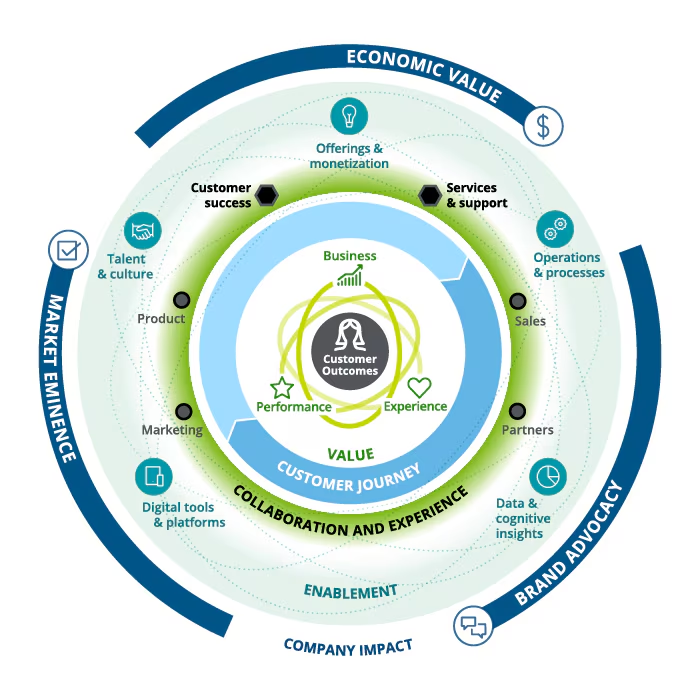
Neil Patel’s Expertise
Digital marketing industry expert Neil Patel emphasizes that companies aligning marketing efforts with individual preferences and behaviors can significantly enhance engagement and conversion rates.
He highlights that emotionally engaged customers are more likely to spend more and become brand advocates, generating a powerful ripple effect that fuels business growth.
Moreover, this level of personalization extends beyond driving transactions.
It plays a crucial role in building trust and long-term relationships.
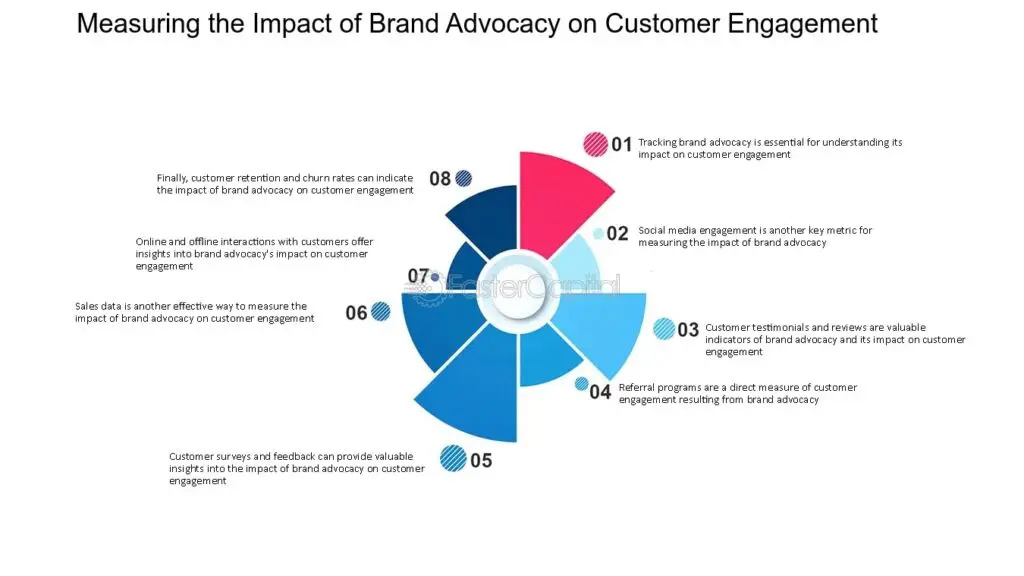
When customers feel their preferences and needs are understood and valued by brands, they are more likely to develop loyalty and advocate for the brand.
By leveraging the insights from industry experts like Deloitte and Neil Patel, businesses can harness the full potential of hyper-personalization, driving long-term growth and maintaining a competitive edge in the ever-evolving digital landscape.
Greater Customer Loyalty and Retention
Hyper-personalization has emerged as a game changer in fostering stronger connections between brands and consumers.
By aligning experiences with individual preferences, it deepens emotional engagement, which is crucial for customer loyalty.
According to Deloitte, hyper-personalization leverages data analytics and AI to continuously adapt the customer journey, ensuring that each interaction feels uniquely tailored.
This approach not only enhances customer satisfaction but also creates emotionally connected customers who are significantly more valuable to brands than those who are simply content.
Hyper-personalization’s ability to consistently meet or exceed customer expectations leads to improved retention rates and reduced churn.
This strategy ensures customers feel valued and understood, fostering loyalty and encouraging repeat purchases.
Furthermore, the seamless integration of hyper-personalization into a brand’s strategy strengthens customer relationships, as it transforms the consumer experience into a personalized journey that evolves throughout the consumer lifecycle.
Better Customer Experience
Hyper-personalization is revolutionizing customer experience (CX) by delivering relevant, timely, and tailored interactions across all touchpoints.
In a competitive marketplace, where consumer expectations for personalized experiences are rising, businesses must prioritize hyper-personalization to stand out.
With 71% of consumers expecting personalized recognition and recommendations, brands can no longer afford generic approaches.
Implementing hyper-personalization involves leveraging data-driven insights to create more intuitive and seamless customer journeys.
This approach enables brands to provide consistent, omnichannel interactions that are aligned with individual preferences and behaviors.
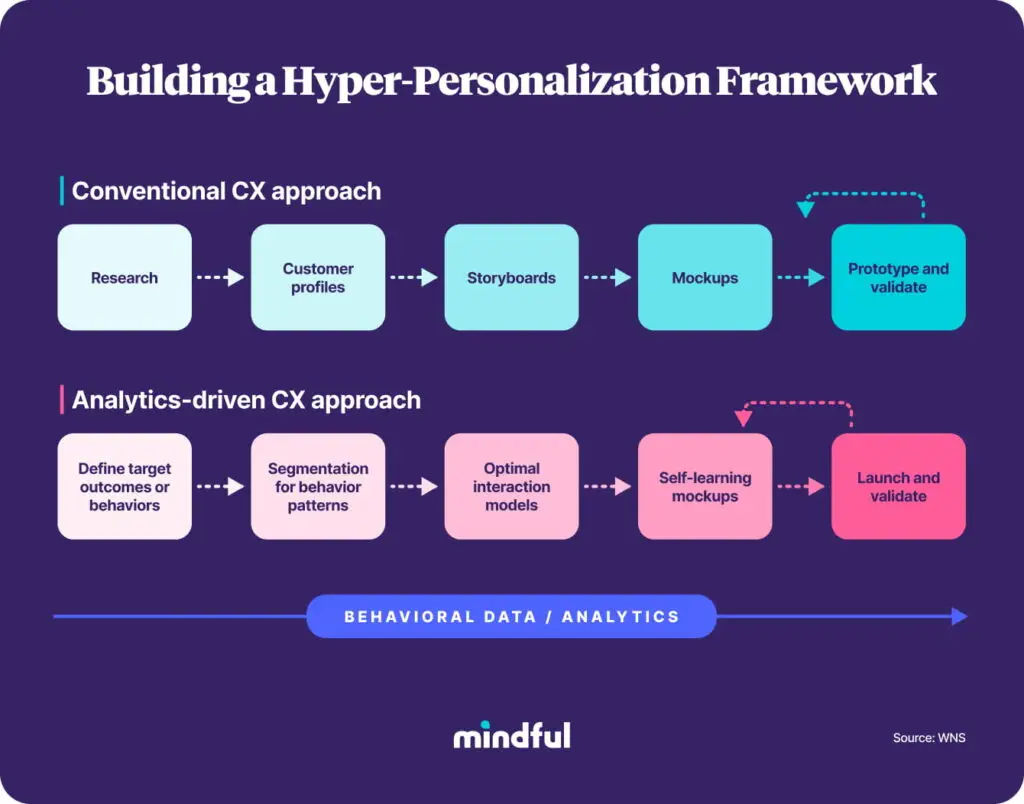
As a result, businesses can enhance customer satisfaction, promote brand loyalty, and achieve a competitive edge.
To effectively integrate hyper-personalization into CX strategies, companies should focus on understanding customer needs, utilizing advanced analytics, and developing a flexible, responsive framework for interaction.
By doing so, brands can not only meet but exceed consumer expectations, paving the way for long-term success.
Effective Targeting and Resource Allocation
Advanced analytics and AI-driven hyper-personalization empower marketers to precisely identify and target the most promising customer segments.
By focusing efforts on these specific groups, marketers can optimize resource allocation, enhancing the efficiency of their campaigns.
This strategic approach ensures that marketing resources and budgets are allocated effectively, reducing waste while maximizing ROI.
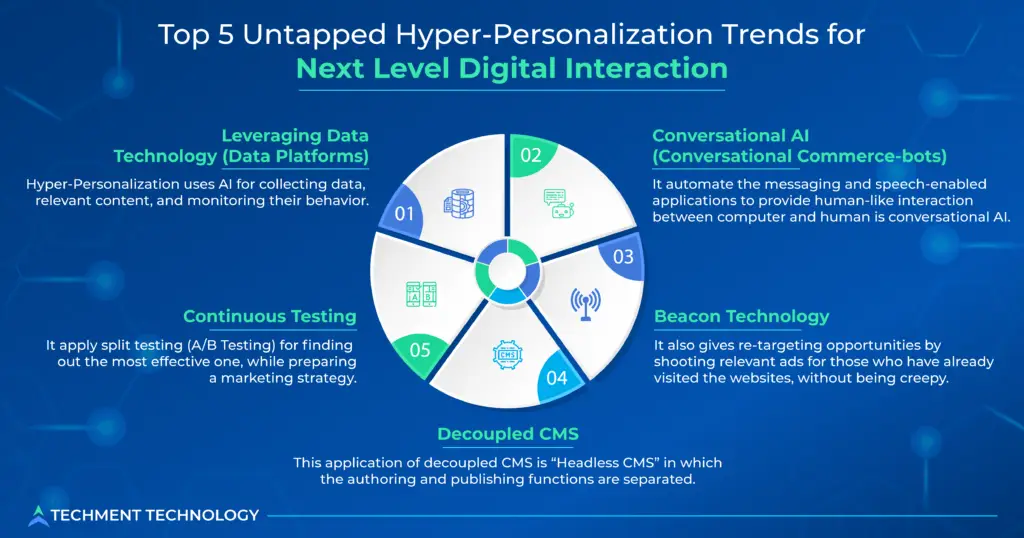
This level of precision not only improves campaign efficiency but also enhances the customer experience by delivering highly relevant and personalized content.
This approach supports a more agile marketing strategy, capable of responding to real-time data and trends.
As digital marketing continues to evolve, employing such advanced techniques will be crucial for sustained success and business growth.
Real-Time Adaptability
Hyper-personalization is revolutionizing marketing by leveraging real-time data and AI to refine strategies continuously.
This approach enables marketers to swiftly adapt to evolving consumer behaviors and preferences, ensuring that campaigns remain relevant and impactful. In an era where consumer preferences shift rapidly, the ability to modify marketing efforts on the fly is invaluable.
Hyper-personalization allows for dynamic updates to marketing messages, whether through adjusting email campaigns based on recent interactions or refining product recommendations.
This agility not only increases customer satisfaction but also boosts conversion rates as brands can promptly respond to behavioral changes.
By harnessing this advanced approach, companies maintain a competitive edge in a fast-paced market environment.
Boosted Financial Performance and Market Share
Hyper-personalization has emerged as a transformative strategy for companies aiming to significantly enhance their market performance and revenue.
By leveraging advanced personalization techniques, businesses are not only able to engage more deeply with their customers but also achieve remarkable growth in both sales and market share.
Companies that successfully implement hyper-personalization strategies often report revenue growth rates exponentially higher than those sticking to traditional methods.
This approach focuses on tailoring experiences to meet individual customer needs more precisely, resulting in a more compelling and relevant interaction.
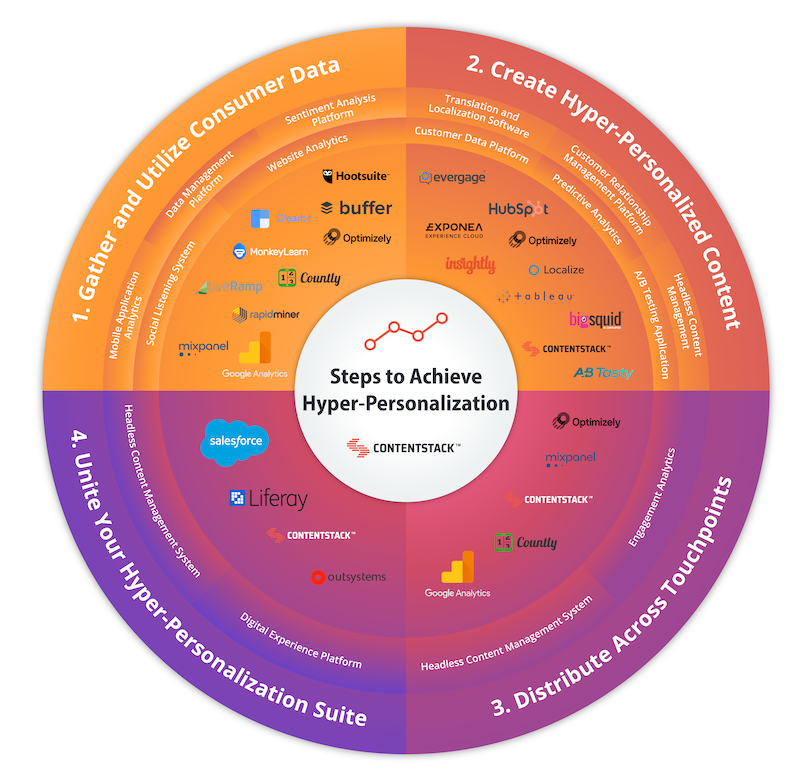
In today’s fast-paced digital landscape, the ability to deliver personalized experiences effectively is becoming a key differentiator for businesses aspiring to lead in their industries.
Hyper-personalization is not just a trend; it is a critical component of modern marketing that drives growth and fosters long-term success.
Tailored Product Recommendations
AI-driven hyper-personalization is revolutionizing how businesses engage with customers by delivering precise product recommendations tailored to individual preferences and behaviors.
By analyzing customer data, browsing patterns, and purchase history, this advanced technology creates highly personalized shopping experiences that resonate with consumers.
This not only enhances customer satisfaction but also opens up significant opportunities for cross-selling and upselling, allowing businesses to drive additional revenue.
Brands can leverage AI to offer suggestions that feel intuitive and relevant, encouraging customers to discover complementary or premium products.
By understanding and anticipating customer needs, companies can create seamless and enjoyable shopping journeys.
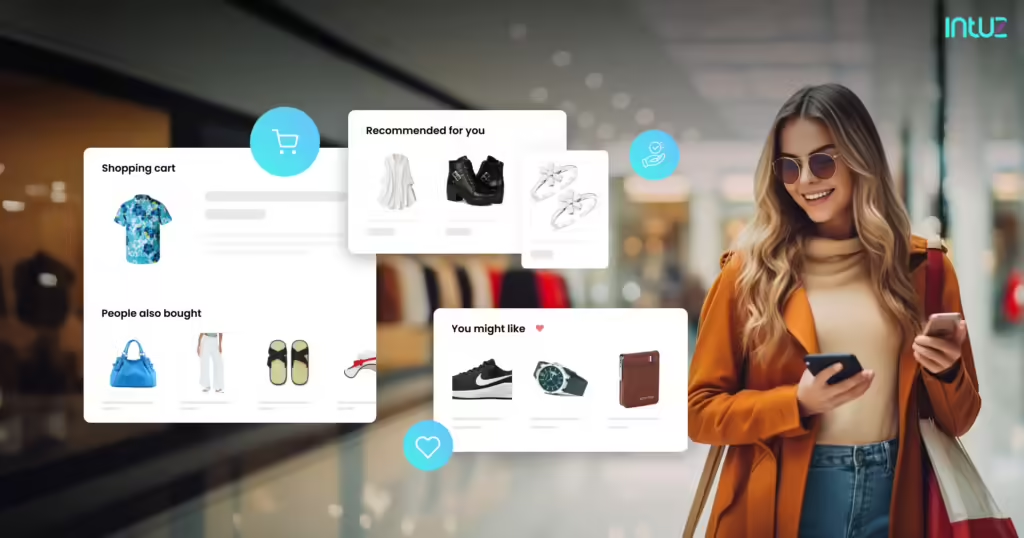
Embracing this technology is not just about enhancing the customer experience; it’s about transforming it into a strategic advantage that propels growth and innovation.
Streamlined Marketing Operations
Hyper-personalization represents a pivotal approach in modern marketing, merging the power of AI and machine learning to revolutionize how brands communicate with their audiences in a more meaningful way.
By automating the creation and delivery of personalized content at scale, this strategy enhances both marketing outcomes and operational efficiency, allowing brands to connect with their customers on a deeper level.
Embracing this approach empowers brands to navigate the complexities of consumer demand with unprecedented precision, impact, and agility, adapting to ever-evolving market trends and consumer behaviors.
Customer Insights
Hyper-personalization leverages vast amounts of data to deliver deep insights into customer behavior, preferences, and needs.
This approach allows businesses to refine their strategies by aligning them closer with consumer expectations, making it an essential component of modern marketing and business development.
Let’s look at the numbers:
1. High customer demand and even higher expectations:
- 90% of consumers find personalized marketing appealing
- 78% say personalized content makes them more likely to repurchase from a brand
- 71% of consumers expect companies to deliver personalized interactions
- 76% get frustrated when personalization doesn’t happen
2. Positive impact on customer behavior:
- 91% of consumers are more likely to shop with brands that provide relevant offers and 80% of customers are more likely to purchase from companies offering personalized experiences
- 78% of consumers will make repeat purchases and refer friends/family to brands that personalize
3. Improved customer experience:
- Hyper-personalization creates emotional connections with customers
- It reduces decision fatigue by showcasing tailored product suggestions
- Customers feel more understood and valued when receiving highly personalized interactions
4. Higher engagement and loyalty:
- Personalized experiences lead to increased customer engagement
- Companies see improved customer loyalty scores (20% higher) with high levels of personalization
- Emotionally engaged, loyal customers spend twice as much as non-engaged ones
5. Customer data and privacy considerations:
- Customers are willing to share data in exchange for personalized experiences
- 80% of consumers are more likely to purchase when brands offer personalized experiences
However, brands must be transparent about data usage and respect privacy preferences
6. Real-time personalization:
- Consumers appreciate brands that can anticipate their needs and preferences in real-time
- They expect tailored recommendations, offers, and content based on their current context and behavior
7. Impact on brand perception:
- 69% of online shoppers say the quality or relevance of a company’s message influences their perception of the brand
- Hyper-personalization helps brands differentiate themselves in a crowded marketplace
These insights demonstrate that customers increasingly expect and value hyper-personalized marketing experiences, which can lead to improved engagement, loyalty, and business outcomes for brands that implement these strategies effectively.
They empower organizations to stay agile in a competitive marketplace, responding swiftly to changes in consumer demand and adjusting their value propositions accordingly.
Businesses that capitalize on this approach can better anticipate future trends and remain at the forefront of their industries.
As a result, hyper-personalization stands as a powerful tool for those looking to innovate and maintain a competitive edge in today’s fast-paced digital landscape.
Enduring Competitive Advantage
As consumer expectations for personalized experiences increase, brands that effectively implement hyper-personalization strategies gain a distinct competitive edge.
This approach allows companies to tailor experiences closely aligned with customer preferences, becoming a key differentiator in today’s crowded markets.
Hyper-personalization also:
- Increases customer lifetime value and reduces churn.
- Shifts marketing from a transactional to a relational approach.
- Provide clarity and relevance in a crowded market.
- Fosters customer advocacy and brand ambassadorship.
Incorporating hyper-personalization involves leveraging advanced data analytics and machine learning to deliver curated experiences at every touchpoint.
Companies that neglect this evolution risk falling behind as competitors capitalize on the opportunity to differentiate themselves.
Investing in hyper-personalization ensures that companies remain leaders in their industries, delivering value that resonates with their audience.
By embracing this approach, businesses can enhance their market position and thrive in an era where personalization is no longer optional but essential.
Summary
Embracing hyper-personalization is a game-changer for marketers, allowing them to craft highly targeted campaigns that resonate with individual consumers.
By leveraging data and analytics, marketers can tailor content and offerings to meet the unique preferences and needs of their audience, resulting in more engaging and efficient campaigns.
This approach not only enhances customer experience but also drives loyalty by creating a sense of connection and relevance.
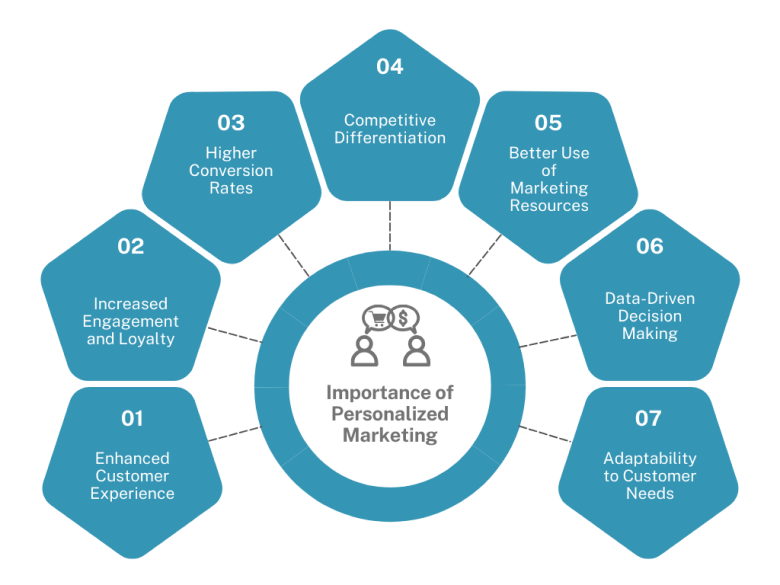
Hyper-personalized campaigns have the potential to significantly boost engagement rates, as they are more likely to capture the attention and interest of the target demographic.
In a competitive market, the ability to deliver personalized experiences can set businesses apart, making hyper-personalization an essential strategy for successful marketing endeavors.
Ultimately, hyper-personalization allows marketers to craft more meaningful interactions with customers, and bring increased engagement and higher conversion rates to their business.

